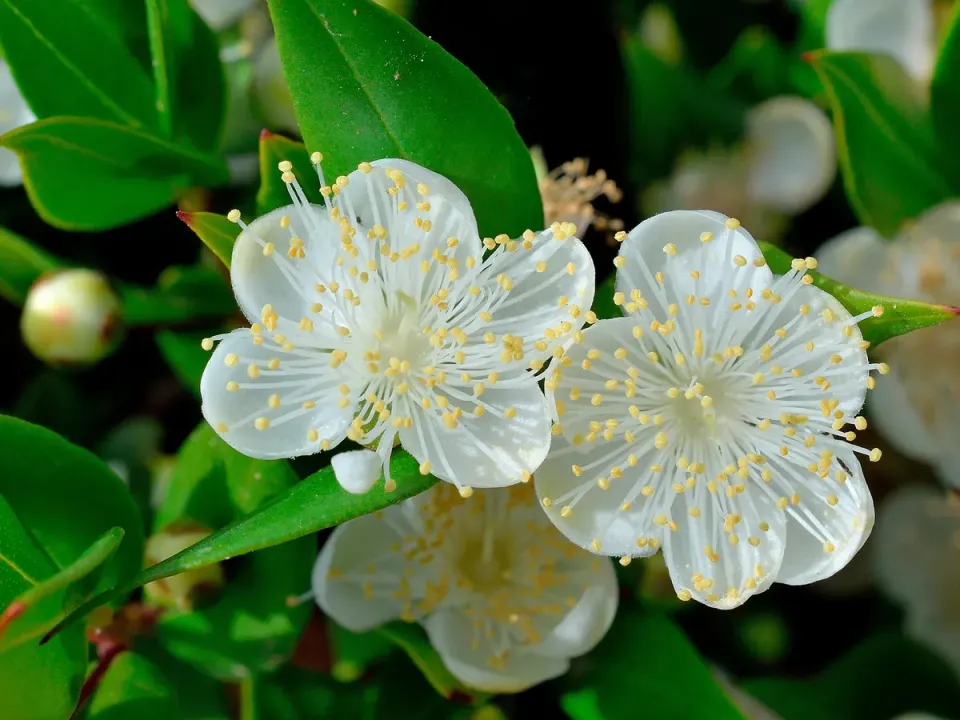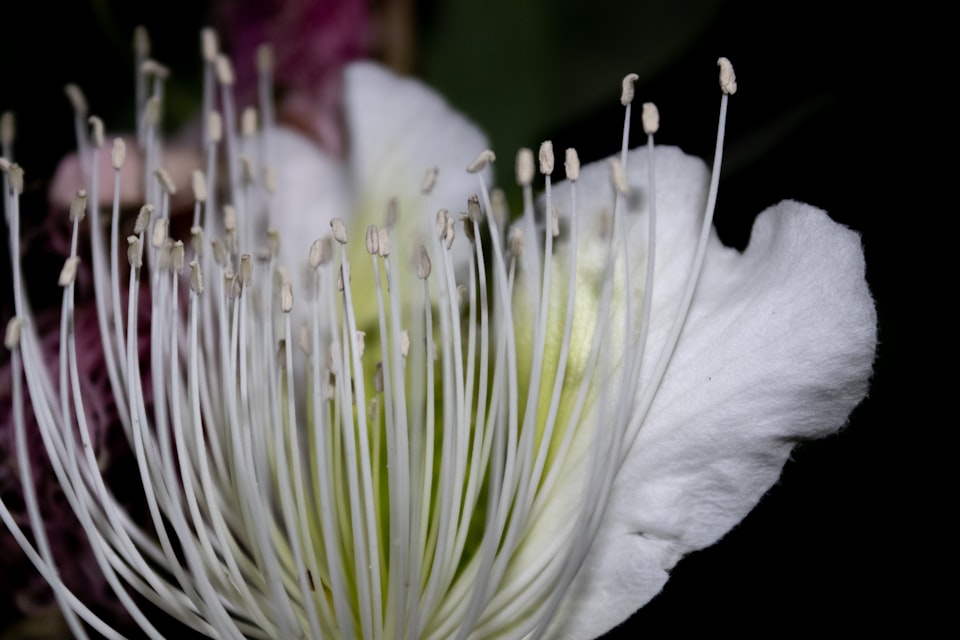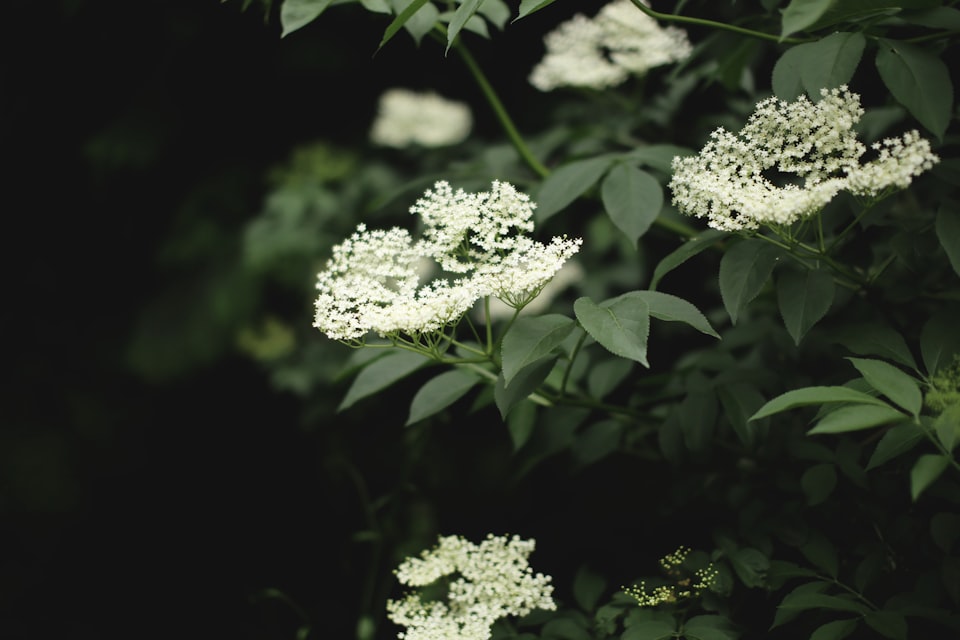VI: Boxwood
What's the symbol of royal wealth doing here?

Good morning. Today is sextidi, the 16th of Pluviôse, Year CCXXXI. We celebrate les buis, shrubs that don't mind growing in squares.
💡
Box shrubs are most apparent in gardens, so we'll get to that in a moment, but first let's appreciate the wood itself. Dense without being heavy, it doesn't split easily and is a naturally light color. While the branches are too small for any true construction, boxwood has long been prized for making delicate, smaller objects ... like boxes! Chess pieces, instrument parts, and toy wooden blocks were all commonly made of boxwood. But its shining moment came with the dawning of science (as we know it), when its resistance to shrinking or swelling made it ideal as a material for measuring instruments like rulers, triangles, protractors, and squares. Before the advent of plastic, boxwood was the only way to make a reliable, lightweight, inexpensive yardstick.
The box tree is a lovely specimen when allowed to run wild. It has evergreen leaves and dense foliage that make for a lovely sight in a winter landscape, even when their shape is completely untamed. That, plus its utility for making the instruments of the Enlightenment (see above) is what saved it from the proverbial chopping block when it comes to inclusion on a revolutionary calendar.
Because nothing symbolized royal power in France quite as much as a perfectly manicured boxwood hedge.



